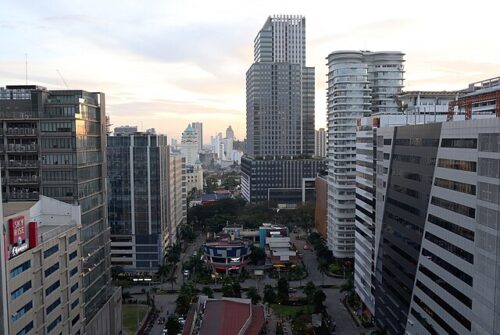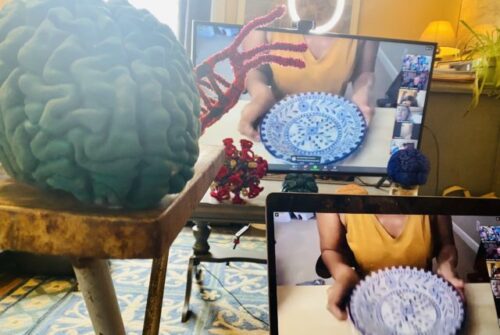
In today’s fast-paced digital age, where screens dominate our lives, it’s no surprise that many of us suffer from digital fatigue. The constant exposure to screens can lead to a host of issues, including eye strain, sleep disturbances, and reduced energy levels. However, there are ways to combat this fatigue and regain your vitality. In this article, we’ll explore the impact of excessive screen time on your energy and provide actionable tips to manage it effectively.
The Digital Age Dilemma
Our lives have become inextricably linked to screens. Whether it’s for work, social interaction, entertainment, or information, screens are ubiquitous. While they have revolutionized the way we live and work, they also bring about a new set of challenges. The digital age dilemma lies in finding a balance between the benefits of screen technology and its potential adverse effects on our energy and well-being.
Understanding the Impact
1. Eye Strain and Discomfort
Prolonged exposure to screens, especially small ones like those on smartphones, can lead to digital eye strain. Symptoms include dry eyes, headaches, blurred vision, and general discomfort. The more time we spend looking at screens, the more likely we are to experience these issues.
2. Sleep Disruptions
Excessive screen time, particularly before bedtime, can disrupt our sleep patterns. The blue light emitted from screens interferes with our circadian rhythms, making it difficult to fall asleep and stay asleep. Poor sleep quality leads to tiredness and decreased energy levels.
3. Mental Fatigue
Constant multitasking, checking notifications, and absorbing information from various sources can lead to mental fatigue. Overstimulation from digital devices can leave you mentally drained, affecting your energy and productivity.
Managing Screen Time for Better Energy
1. Set Boundaries
One of the most effective ways to combat digital fatigue is to set boundaries. Establish specific times for screen use and stick to them. For example, designate screen-free hours before bedtime to improve sleep quality. Avoid bringing screens into your bedroom to create a space for relaxation and rest.
2. Use Blue Light Filters
Blue light filters, available on most devices and as external applications, can reduce the amount of blue light emitted by screens. Use these filters, especially during the evening, to minimize sleep disruptions.
3. Practice the 20-20-20 Rule
To alleviate eye strain, follow the 20-20-20 rule. Every 20 minutes, take a 20-second break and focus on something 20 feet away. This simple practice can significantly reduce eye discomfort.

4. Optimize Screen Ergonomics
Proper screen ergonomics can help reduce physical discomfort. Ensure that your screen is at eye level, and your chair and desk are appropriately adjusted. Use an ergonomic keyboard and mouse to prevent repetitive strain injuries.
5. Digital Detox
Periodically, take a break from screens. Engage in activities that don’t involve technology, such as outdoor walks, reading physical books, or practicing mindfulness. Disconnecting from screens can rejuvenate your mental and physical energy.
The Path to Better Energy
Managing screen time in the digital age is crucial for regaining and maintaining your energy. By understanding the impact of excessive screen use and implementing practical strategies to mitigate its negative effects, you can find a balance that works for you. If you want to find great tips and information about fatigue in the digital age, visit now to learn more.
In conclusion, digital fatigue is a common challenge in the modern world, but it’s not insurmountable. With awareness and mindful screen management, you can enhance your energy, productivity, and overall well-being. Remember, striking a balance between screen time and personal time is the key to a healthier and more energized you.





